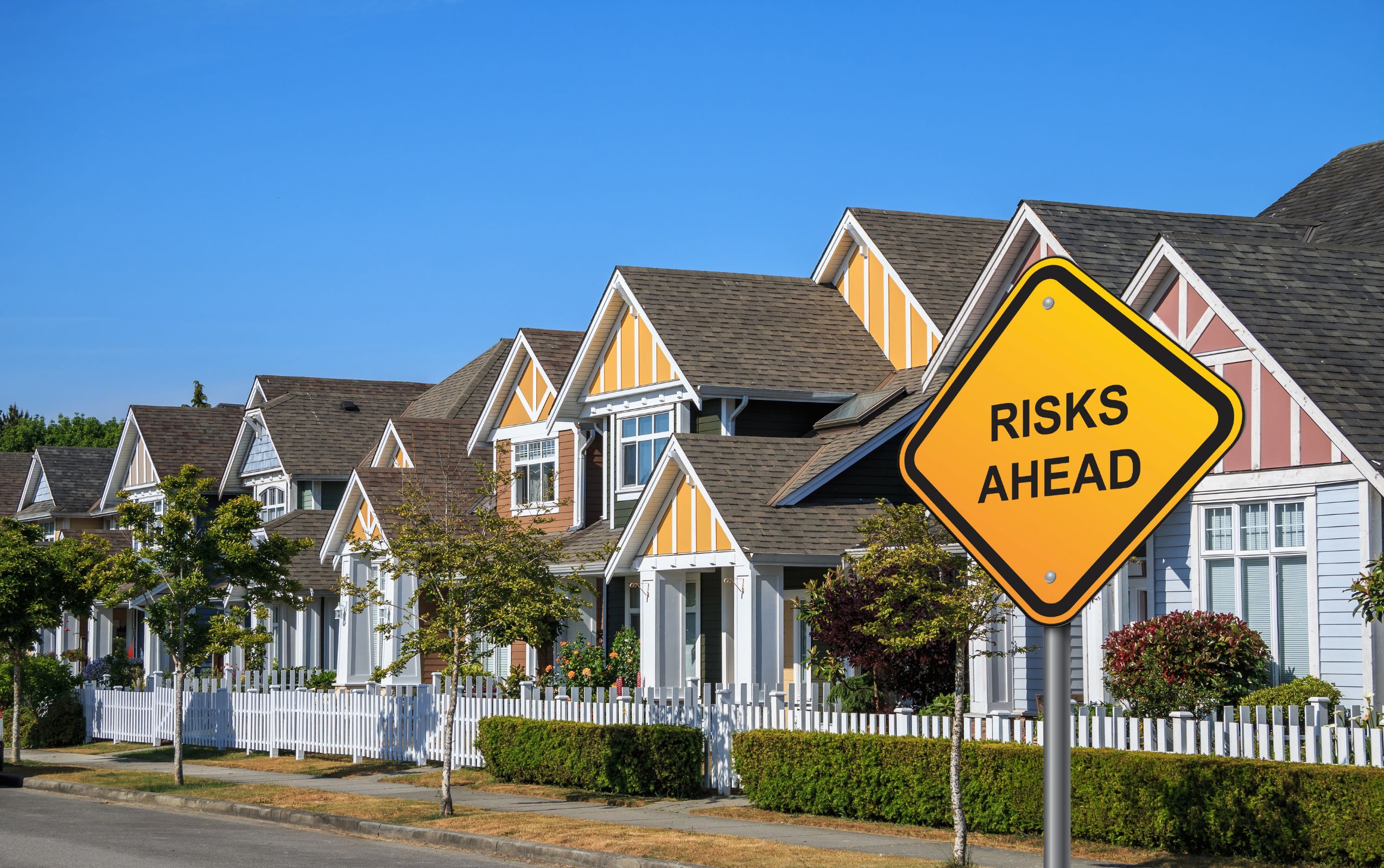Being Proactive
“Aging-in-place” can be planned and maintained if those choosing to stay in their home give careful thought to present and future health and support needs as much as possible. There is a continuum over time for this planning process and it relates to health, mobility, care, and service needs, and not necessarily to specific ages.
A plan for aging in place involves a well-thought-through evaluation of the home’s environment and general quality of living. It may be helpful to involve family members in the planning and to focus on health, mobility, and service needs.
Start Planning Early
During the time when there are no immediate needs, those individuals choosing to stay in their home as long as possible, can look into options, discuss choices with family members, and work out future strategies and courses of action. This stage may involve planning a later move to an active adult community, downsizing to a second home, or to a location closer to relatives.
However, careful home modifications can enhance independent living for many years by taking into account the need for safety to best prevent accidents or falls. This early period of aging in place can be enhanced and extended to the degree that individuals are able to stay healthy, active, safe, and alert. It is also a period of opportunity to participate in community service and to be involved in volunteering and lifestyle activities.
There may come a time when changes in life and health circumstances necessitate home modifications or perhaps consideration of moving to more suitable living arrangements. While progressive or chronic health issues may not be urgent, this then is the time to do research in-home care or relocation options either to be closer to family or to a home environment that is more practical during this stage. This is also the time when there must be access to health care providers and perhaps the use of one of the emergency response devices currently available.
Then there may come a time when a more urgent need or sudden changes in health or life circumstances require immediate adjustments to the home or even to the living situation. In this circumstance, health conditions may require a full-time care provider or result in a move to a medically oriented care facility. However, if actions have been taken years earlier regarding safety and practical needs, it may be easier to continue to maintain in the home.
The following are several factors to consider proactively before there is an urgent unexpected need brought on by a fall or an accident:
- Safety – are there elements of risk in the house such as a lack of hand rails or grab bars, dim lighting, clutter, difficult entry to the home or to storage areas
- Access – is there room to get through doors and locations in the home with a walker or wheelchair allowing for mobility in the home
- Assistance – are there relatives or friends nearby that can be of help if needed
By carefully thinking through the various modifications and alternatives and then taking action, perhaps years before the time of need, individuals may be able to stay comfortably in their homes far longer. Aging-in-place can become much more challenging if individuals do not explore possibilities before the need to immediately deal with circumstances when they do arise.
Some of the Key Safety Factors to Consider
- Are there any significant safety risks that can be resolved, such as dim lighting, handrails on stairs, slippery tub or shower, loose carpeting, etc.?
- Can entries, doorways, and halls fit a walker or wheelchair if needed later?
- Are there some relatives and close friends nearby in case of need?
Assuming that the home still fits the owners’ needs and that they can continue to manage its maintenance, there are many modifications that will help make it a safer and more comfortable environment.
Bathroom
- Large shower with low or no threshold
- Shower seat and hand-held shower head with 5-6’ long hose
- Secure grab bars on all sides of the shower, tub and toilet
- Toilet seat adapter to raise the seat several inches higher than a standard toilet
- Easy-to-reach shower and tub controls
- Sit-down height counters and knee space
- Emergency alert device or button
Kitchen
- Easy-to-grasp cabinet pulls or knobs
- Cabinets with roll-out shelves and turntables
- An electric cooktop with front controls and hot-surface indicator
- Refrigerator without top-level freezer or ice maker
- Linoleum flooring
- Microwave at counter height
- Labels on drawers and shelves
- Sensors to turn lights on
- Counter space for moving items from refrigerator, cooktop, oven, and sink
A future article will cover more issues regarding home design, care, faucets, switches, entry, etc. Also, as was discussed in a previous article, even just decluttering and organizing can make daily living easier.





